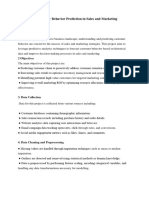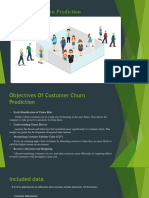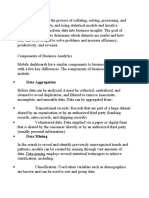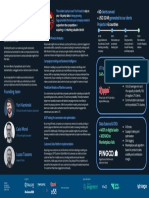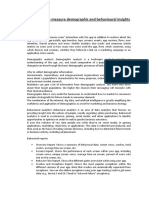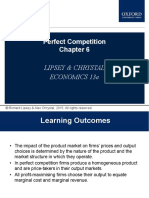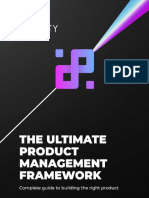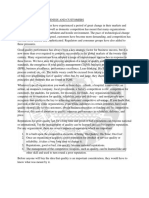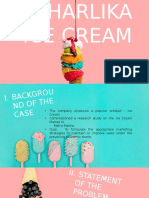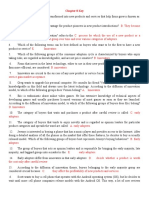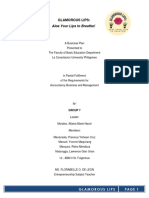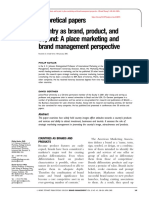0% found this document useful (0 votes)
52 views3 pagesFive Data
The document outlines five data-driven marketing projects, detailing methodologies, tools, and actionable outcomes for each. Projects include customer segmentation using clustering for Amazon, marketing campaign analysis for Nike, churn prediction for Netflix, sentiment analysis for Starbucks, and price elasticity analysis for the iPhone. Key takeaways emphasize the importance of data quality and actionable insights tied to specific marketing strategies.
Uploaded by
Soundar DhanushCopyright
© © All Rights Reserved
We take content rights seriously. If you suspect this is your content, claim it here.
Available Formats
Download as PDF, TXT or read online on Scribd
0% found this document useful (0 votes)
52 views3 pagesFive Data
The document outlines five data-driven marketing projects, detailing methodologies, tools, and actionable outcomes for each. Projects include customer segmentation using clustering for Amazon, marketing campaign analysis for Nike, churn prediction for Netflix, sentiment analysis for Starbucks, and price elasticity analysis for the iPhone. Key takeaways emphasize the importance of data quality and actionable insights tied to specific marketing strategies.
Uploaded by
Soundar DhanushCopyright
© © All Rights Reserved
We take content rights seriously. If you suspect this is your content, claim it here.
Available Formats
Download as PDF, TXT or read online on Scribd
/ 3








